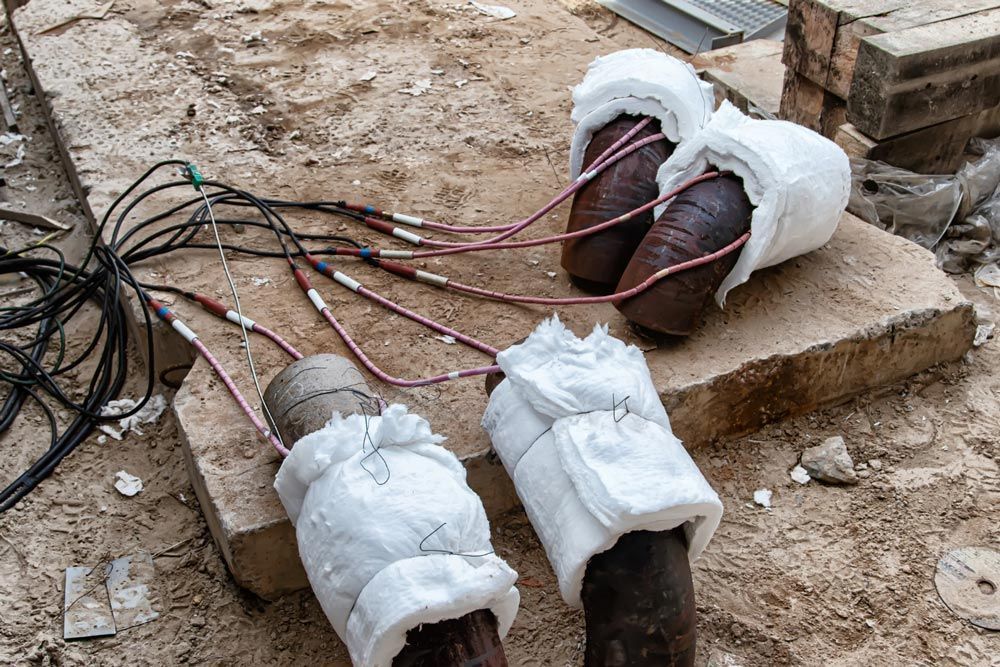What Is the Criteria for Post Weld Heat Treatment?
Ben Reuyan • January 6, 2025
Introduction: What Is Post Weld Heat Treatment?
What Are the Requirements for PWHT?
- Material Composition: High-strength steels and alloys often require PWHT to reduce the risk of stress corrosion cracking.
- Weld Thickness: Thicker welds are prone to higher residual stresses, making PWHT essential for uniform stress relief.
- Code Compliance: Industry standards, such as ASME Section VIII, dictate when and how PWHT should be performed.
When Should Post Weld Heat Treatment Be Done?
PWHT is typically conducted immediately after welding and before the material cools to ambient temperature. This minimizes the risk of residual stress and ensures the structural integrity of the weld.
Advantages of PWHT
- Stress Reduction: Relieves internal stresses caused by uneven cooling during welding.
- Improved Durability: Enhances resistance to fatigue and fracture under load.
- Corrosion Resistance: Reduces the risk of cracking in corrosive environments.
Disadvantages of PWHT
While PWHT is highly beneficial, it may involve:
- Additional Costs: Specialized equipment and skilled labor increase project expenses.
- Time Constraints: PWHT adds time to the production schedule, which must be accounted for during project planning.
Conclusion
PWHT is a crucial process for ensuring the safety and reliability of welded structures in demanding applications. Trust Onsite USA for professional and efficient PWHT services that meet the highest standards.
Partner with
Onsite USA for expert heat treatment services tailored to your industrial needs.
Contact us today to discuss your project requirements and receive a customized solution.




